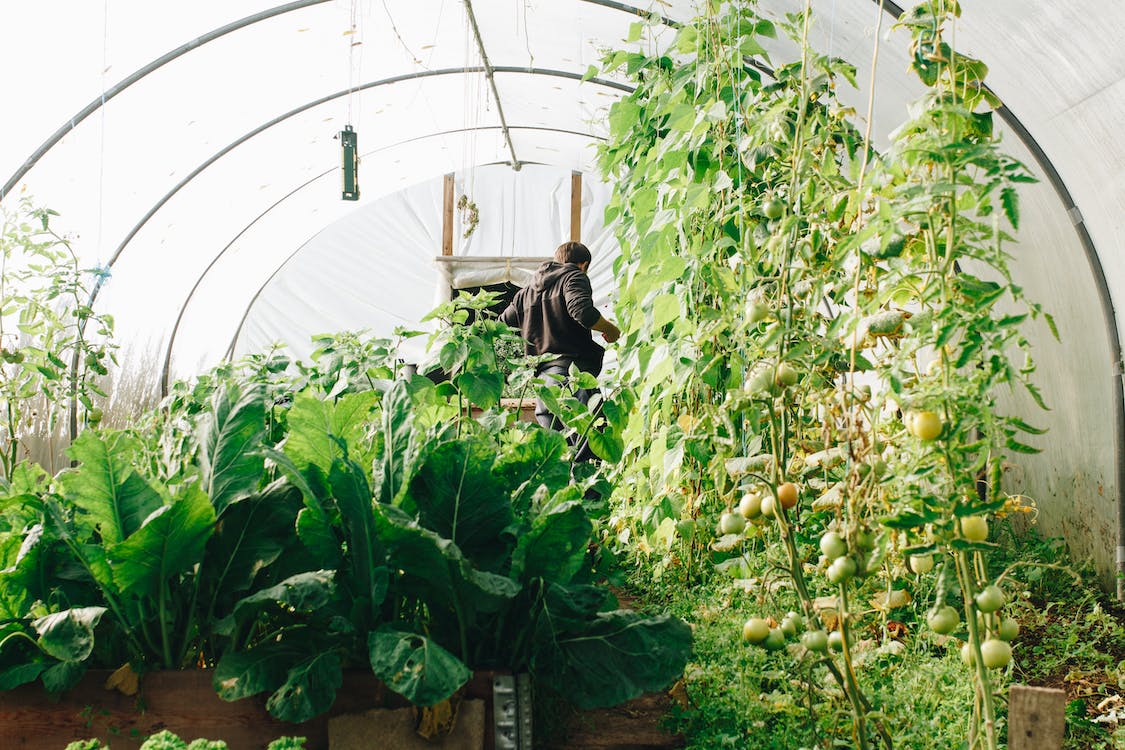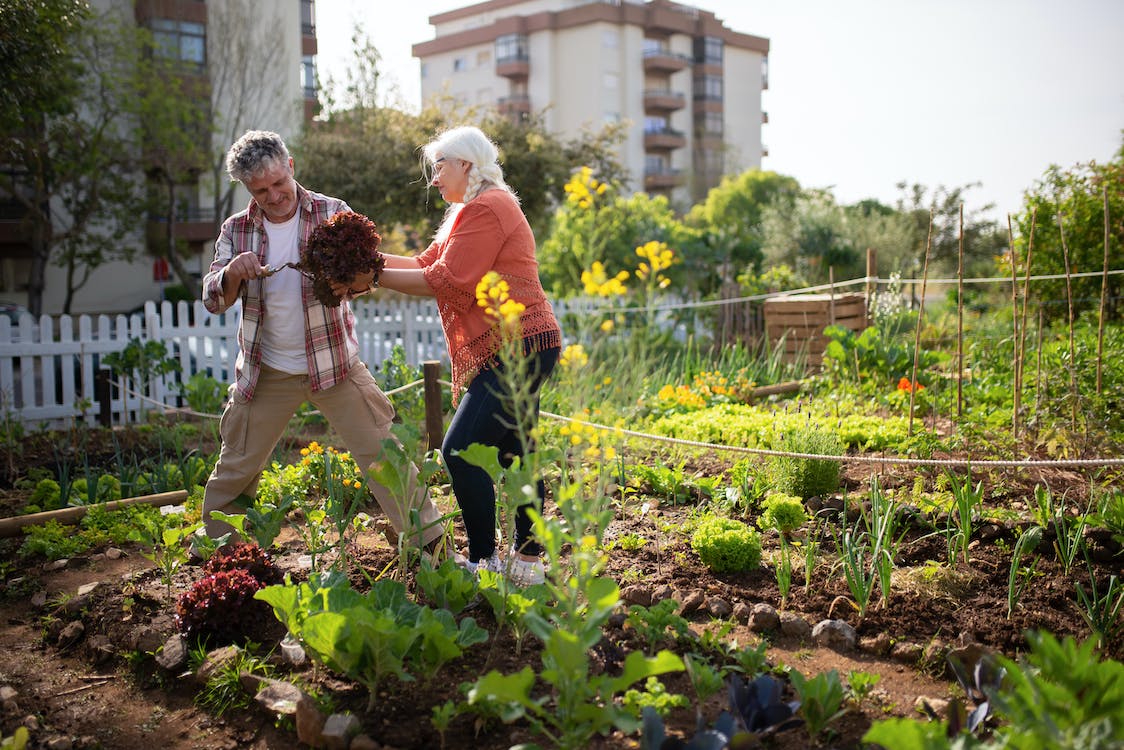Change is the only constant feature in life. Change for positive or negative no one can tell. The best anyone can do is to brace themselves and their loved ones to weather the storms of change as they come.
One way to prepare for an uncertain future is by growing a survival garden. A survival garden is simply a garden with enough produce to sustain you and your loved ones for a time with no need for food from outside.
The foremost reason for growing a survival garden is to be prepared to survive any emergencies that may make it difficult for you to access food from outside. The COVID-19 Pandemic was one such emergency where an ample, secure, and private supply of fresh produce would have come in handy.
Once your survival plants produce their fruitage, you have a steady supply of healthy, delicious vegetables. These vegetables add to the nutritious cooking ingredients for your family, free of chemicals or pesticide residue.
If you have kids, growing a survival garden is a constructive way to keep them occupied and help them learn
the source of the food they get to eat. Not to mention that you will contribute positively to the environment around your home. A survival garden reduces soil erosion while enriching the soil, decreases carbon emission, supports pollination, and reduces waste.
Are you convinced of the need to take time to make your survival garden? Here's how to go about it:
How To Grow Your Own Survival Garden
1. Set Your Goals
The first step toward growing your survival garden is to decide how much food you intend to produce. Are you new to the gardening experience? Then, it is better to start small, then work progressively towards having more produce. After you know how to care for the plants you grow, you can expand to having a variety of vegetables in your garden. For instance, in your first year, you could set out to plant a quarter of your family's food requirements.
As you set your goals, remember to consider the time you will dedicate to the project and the number of available resources.
2. Research
There is no end to learning, and this applies to gardening. Therefore, before taking the plunge, try to gain as much information as possible on subjects such as, organic gardening, seed saving, food preservation, and other facts. If possible, sign up for a gardening class or visit the local agricultural extension offices for tips and practical guidance.
3. Determine Your Garden Layout and Design
Most times, a survival garden of approximately a quarter of an acre up to about two acres of land can comfortably sustain a family of four.
If you do not have two acres of land, you could explore compact gardening techniques that enable you to grow as many crops as you can within this space. According to Bugout Bill, you could use various gardening techniques. These techniques include container gardens, square foot gardening, raised beds, multi-bed seeding, and off-grid gardening.
4. Decide What To Plant
What you wish to plant in your garden depends on the vegetables you and your loved ones enjoy. Once you have listed these down, narrow your choices by considering such factors as nutritional value, calories, available space, and produce that is easy to preserve and store in the long term.
Conclusion

Finally, once your survival garden project is up and running, don't forget to keep a logbook to document your observations. A journal will make it easy for you to keep adjusting and making future improvements.
